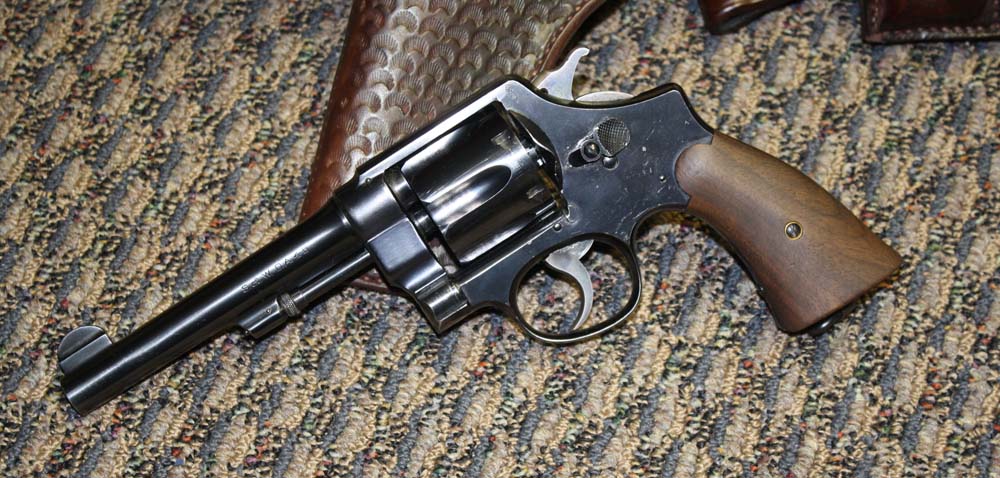
One of the best double-action sixguns ever produced, the Model 1917 is a big-bore gem. Whether a Colt or Smith & Wesson, it's still a good idea.
Just for you nostalgia buffs and collectors, we’re going to take a look at the Model 1917, for no other reason than the fact that it was, and remains, one of the best big-bore double- action revolvers ever produced in a caliber that just makes sense.
Back in the day, Colt had a heavy-framed revolver called the New Service, chambered for the .45 Colt cartridge. It was adopted by the U.S. Army as the M1909, replacing the service revolvers chambered in .38 caliber that did not perform up to snuff during the Philippine campaign. The military found that those big, slow-moving .45-caliber bullets took people out of the fight with a little more authority than the relatively weaker .38 Colt cartridge.
Then came the Model 1911 semi-auto, and the landscape began changing slowly. Even with this new pistol, there was a shortage of sidearms for the military and the solution was to approach Colt and Smith & Wesson to adapt their big revolvers to chamber the .45 ACP cartridge. The Colt New Service and the S&W Second Model .44 Hand Ejector platforms were up to the task, and they generically became the M1917. It was a good move because it was inevitable that the United States would enter the war in Europe, and soldiers needed sidearms that got the job done.
Smith & Wesson shortened the cylinder on their gun and when it was designed, a shoulder was built into the chamber to allow the use of the .45 ACP cartridge without a half-moon clip. The downside of that was that the rimless cartridges did not eject well. Still, these revolvers saw action during WWI. Colt subsequently followed suit, but the Peters ammunition company helped things out by producing the .45 Auto Rim cartridge for these guns starting in 1920.
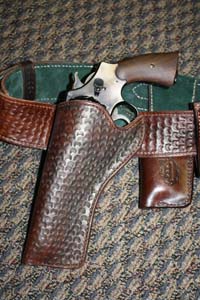
After the war ended, demand for these revolvers did not wane. Various histories of the large double-action sixgun say S&W continued producing their version of the M1917 until the company introduced the Model 1950 Target model.
When I was a teenager, I hunted a couple of times with a guy who had one of the big Colts chambered for the .45 Colt cartridge, and it was a real shooter. He had killed a black bear with that gun. The S&W versions are more common in my part of the country, as I see more of them for sale at gun shows, and those in good condition can fetch some decent prices.
As a side note, watch any number of older Westerns and you might spot one of these big revolvers on the hip of some extra, or even one of the heroes in shooting scenes, because most folks wouldn’t know the difference. All they wanted to see in a Western was a lot of guys on horses wearing big hats and lots of shooting and gunsmoke, and a double-action .45 with the right blanks can produce just as much blue-gray smoke as a single-action.
I once viewed the final gunfight in Shane in slow motion and spotted Alan Ladd shooting a nickel-finished 1917 Colt with a longer barrel, and faking the fanning, and as Jack Palance’s bad guy fell backwards, it looked like another 1917 in his right hand.
Considering that reloading one of these double-action revolvers was quicker than an old single-action, it is no surprise that many genuine Westerners switched over from their thumb busters to the newer wheelguns with their swing-out cylinders and retracting hammers that allowed all six chambers to be loaded.
Nostalgia for the 1917 continues today, which brings us around to my pal, Bill Burris, and his purchase of one of these guns. He scored a real gem, with a 5-inch tapered barrel, that classic rounded front blade sight and the V-notch at the rear, where the Colt models had a square notch and a kind of shark fin front blade sight. The gun appears to have the original blue finish and it is unexpectedly well preserved, with smooth hardwood grip panels and a lanyard ring at the butt. His revolver does not appear to have had much use, and since he planned to use this gun in some Wild Bunch competitions, he asked me to knock out a holster. I was only too happy to oblige.
The M1917 certainly has earned its keep over the years. Many of these guns were back in service during WWII, and because they used the same ammunition as the Model 1911, keeping them loaded never was a problem. Ditto today, as half-moon and full moon clips can be found in abundance at gun shows or on-line, and it might be said that these clips were the original “speed loaders” for revolvers.
It would be interesting to find out the history of Bill’s revolver, or any of the Model 1917s one finds at gun shows or gathering dust in gun shops or museums. What stories they could tell.


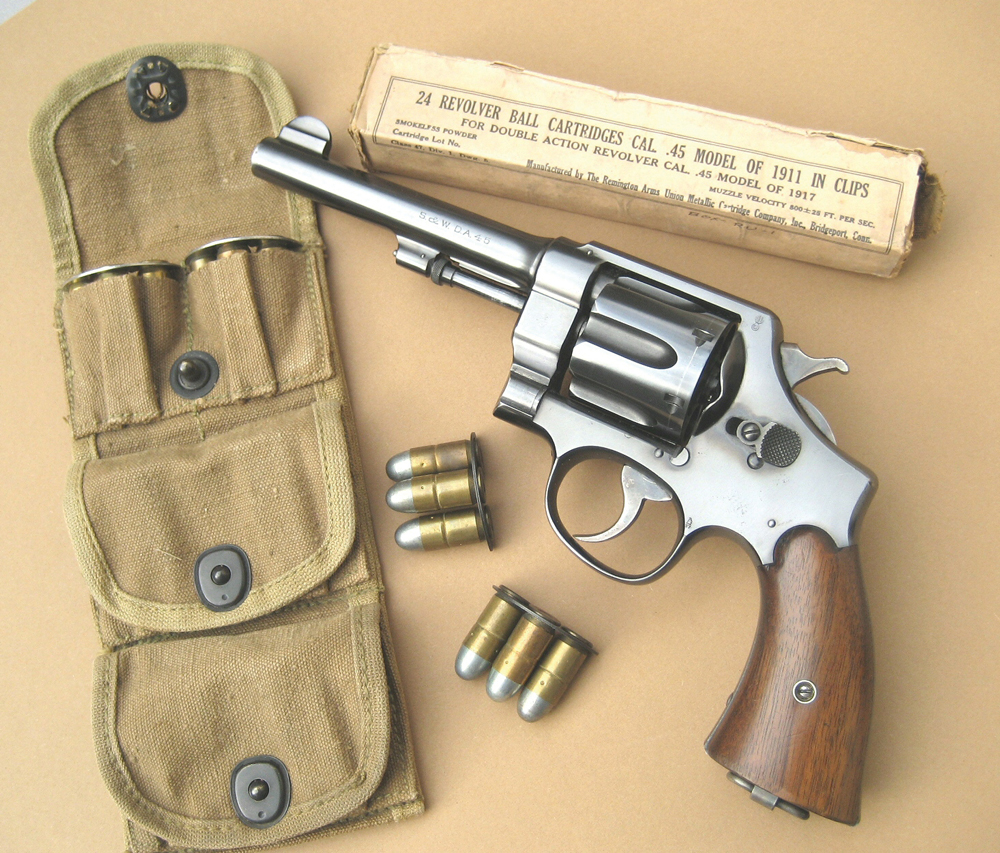
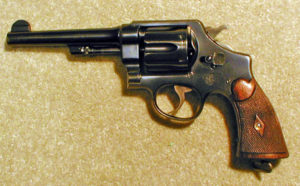
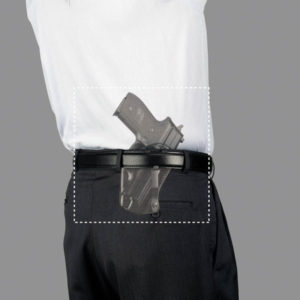

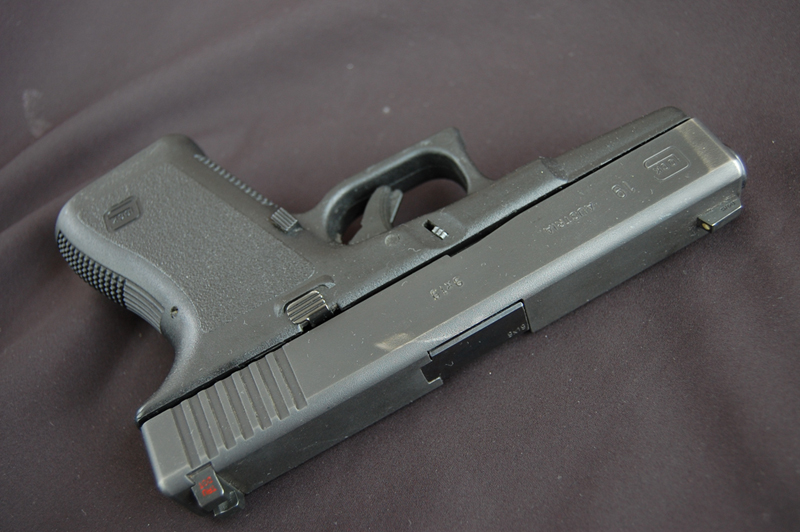
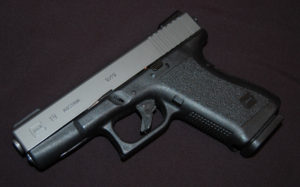
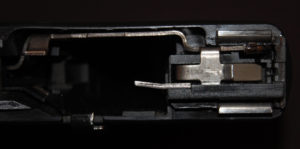
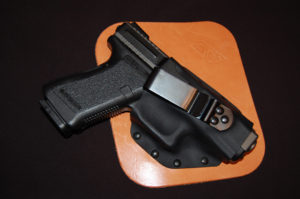

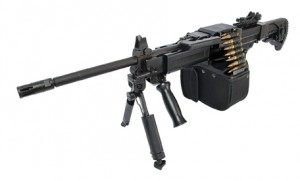
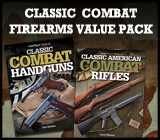

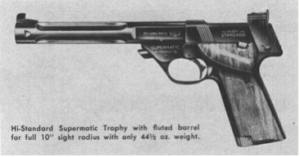
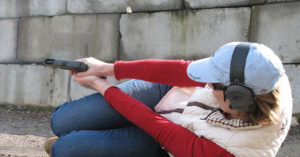
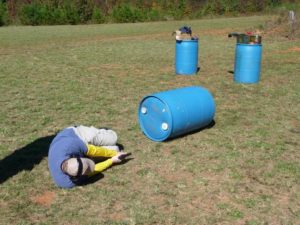
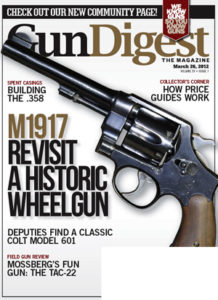





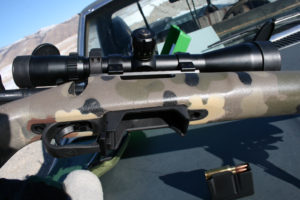

![Best Concealed Carry Guns In 2025 [Field Tested] Wilson Combat EDC X9S 1](https://gundigest.com/wp-content/uploads/Wilson-Combat-EDC-X9S-1-324x160.jpg)


![Best 9mm Carbine: Affordable PCCs [Tested] Ruger Carbine Shooting](https://gundigest.com/wp-content/uploads/Ruger-Carbine-Shooting-100x70.jpg)
![Best AR-15: Top Options Available Today [Field Tested] Harrington and Richardson PSA XM177E2 feature](https://gundigest.com/wp-content/uploads/Harrington-and-Richardson-PSA-XM177E2-feature-100x70.jpg)
